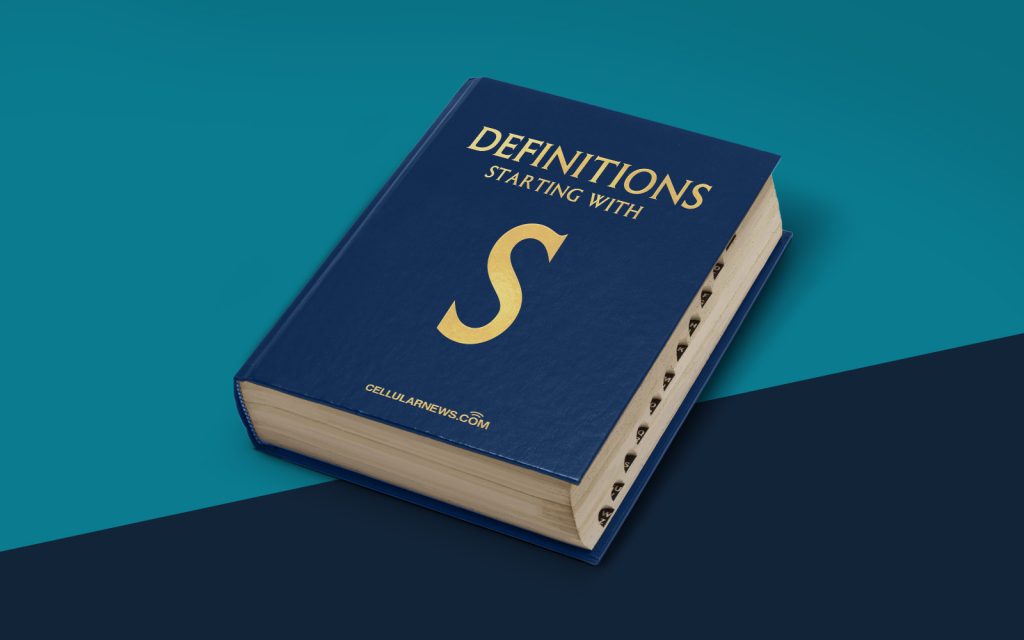
Understanding Shareware: A Comprehensive Guide
Welcome to the world of software, where innovation and technological advancements thrive. In this digital era, we are surrounded by a vast array of software applications that have the potential to make our lives easier, more efficient, and more enjoyable. One term that often comes up in the realm of software is “shareware.” But, what exactly is shareware? In this informative article, we will delve deep into the world of shareware, exploring its definition, key characteristics, and notable examples. So, let’s dive right in!
Key Takeaways
- Shareware is a software distribution model that allows users to try out a program before purchasing.
- Shareware typically offers a limited trial period, during which users can evaluate the software’s features and functionality.
What is Shareware?
Shareware is a software distribution model that allows users to try out a particular software program before making a purchase. It was primarily developed with the intention of distributing software, therefore providing users with a chance to evaluate its features, functionality, and overall value. Unlike traditional software that requires an upfront payment, shareware enables users to download and use the software for a limited trial period, typically ranging from a few days to several weeks.
Characteristics of Shareware
Now that we understand the basic concept of shareware, let’s explore its key characteristics:
- Try-Before-You-Buy: Shareware offers users the opportunity to test out a software program on their computer, allowing them to determine whether the software meets their specific needs and requirements. This model promotes a sense of transparency and confidence in the software’s capabilities.
- Limited Trial Period: Shareware typically comes with a predetermined trial period, during which users can explore the software’s functionalities. This limited trial period ensures that users have enough time to evaluate the software’s features without being able to use it indefinitely without purchasing.
- Unlocked Features: While some shareware applications may have certain limitations during the trial period, such as watermarked documents or disabled advanced features, many shareware programs offer full access to all the features and functionalities, allowing users to get a complete feel for the software.
- Pricing Options: Once the trial period is over, users are usually given the option to purchase the software, unlocking access to the full version. The pricing models often vary, from a one-time fee to a subscription-based payment structure.
These characteristics make shareware an attractive option for both software developers and users. Developers can distribute their software to a wider audience, gain feedback during the trial period, and attract potential customers who have tested the software firsthand. On the other hand, users have the opportunity to explore the software’s capabilities and make an informed decision before committing to a purchase.
Notable Examples of Shareware
Shareware has been around for decades and has become one of the go-to distribution models for software developers. Here are a few notable examples of shareware programs:
- WinZip: A popular file compression utility that offers a limited trial period before requiring users to purchase a license.
- Snagit: A screen capture and recording software that allows users to test out its functionalities before deciding on a purchase.
- WinRAR: A file archiver and compressor that offers both a trial version and a paid version with full features.
These examples highlight the wide range of software categories that utilize the shareware distribution model. Whether it’s productivity tools, multimedia software, or utility programs, the shareware model has proven to be successful in various domains.
Conclusion
In conclusion, shareware is a software distribution model that allows users to try out a program before making a purchase. With its distinctive characteristics of try-before-you-buy, limited trial periods, unlocked features, and pricing options, shareware provides an effective way for software developers to introduce their products to a larger audience while giving users the opportunity to evaluate software first-hand. So, the next time you come across a shareware program, remember that it offers you the chance to test the waters before making a commitment!
